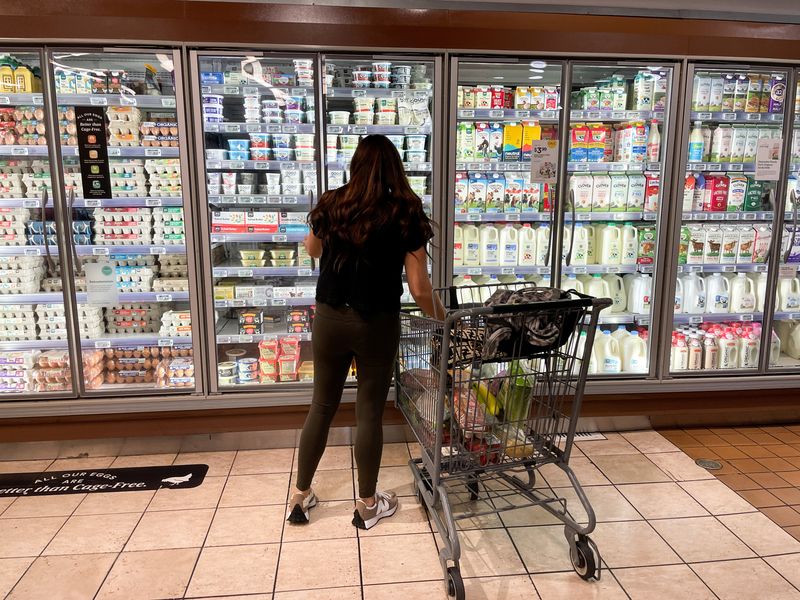By Manya Saini
(Reuters) - U.S. buy-now-pay-later (BNPL) customers' outstanding debt is estimated to hit $15 billion by 2025, a report by management consultancy firm cg42 said on Thursday.
The industry saw a huge boost during the COVID-19 pandemic as homebound consumers opted for online shopping, a trend that urged digital payments giants such as Block Inc and PayPal Holdings Inc (NASDAQ:PYPL) to expand further in the sector.
However, the current uncertainty in macroeconomic outlook due to the geopolitical turmoil, rapidly rising interest rates and red-hot inflation has hit the once high-flying sector.
Valuations of some of the biggest players in the space tumbled this year after a stellar 2021. Shares in Affirm Holdings Inc have plunged over 70%, while Swedish rival Klarna cut its valuation by over 80% to $6.7 billion from $46 billion last year.
But U.S. BNPL customer base is expected to grow by 27% between 2022 and 2025, the study showed.
About 84% of more than 2,000 people surveyed said the BNPL model allows them to purchase items they otherwise would not be able to, while 39% said they "regularly" pay late fees due to missed payments.
"Users also put their BNPL payments on their credit cards, setting up a very scary double whammy effect in which individuals who are laid off will get hit with double the fees and have no path to paying off their debts," said Hugh Tallents, senior partner and financial services practice lead at cg42.

"BNPL operates outside of the traditional credit system right now. People don't think of it as debt and they can't track how much they hold in aggregate."
The BNPL industry remains popular among younger consumers, many of who are struggling to save and meet their financial goals, and largely unregulated in the United States, one of its biggest markets.